The female students whose door was vandalized are identified in the story by their initials. The students and their parents spoke on the record, but The Hawk chose not to use their full names in order to mitigate potential racial backlash. The male student who admitted responsibility for the vandalism is not identified because he did not respond to requests for a statement.
One night in late September, an African-American student noticed someone had rearranged the letters on her felt board on her Villiger Residence Center room door to spell the word “coons,” a term associated with a historically racist caricature dating back to the era of American slavery.
A.B. ’22 discovered the board on Sept. 28. Her roommate, C.L.’22, was out for the night. A.B. texted C.L., who is also African-American, to tell her that someone had changed the welcome sign on their door, using the letters from the women’s names to instead spell the word “coons.”
David Pilgrim, Ph.D., professor of sociology at Ferris State University and founder of the Jim Crow Museum, is an expert on the history of the word “coon.” On the museum’s website, Pilgrim explains that “coon,” an abbreviation of the word “raccoon,” is “one of the most insulting of all anti-black caricatures.” It is used as an insult to dehumanize people of color, depicting them as lazy and ignorant.
The women were not familiar with the word until a couple of days after the incident when C.L. was describing it to friends.
“It’s never been used in front of me,” A.B. said.
A.B.’s mother, however, knew what the word meant.
“I never in my wildest dreams would have thought my daughter would have faced this type of racism at St. Joe’s, so I was shocked. I was sad. I was heartbroken,” A.B.’s mother said.
C.L.’s mother was also upset when she heard what had happened.
“It saddened me,” C.L.’s mother said. “I was very scared.”

A.B. and C.L. reported the incident to the Office of Public Safety and to their Resident Assistant.
The women received an email on Oct. 3 from Bill Bordak, director of Community Standards, setting up a meeting for the following day.
By then, the university had identified and spoken to the alleged perpetrator, a white male student. A.B. and C.L. said they were told the student took the word from an episode of iCarly, a teen sitcom on Nickelodeon.
“Personally, I do think he knew what it meant,” A.B. said. “There was definitely some kind of intent behind it.
C.L. also said she doubts the student’s explanation.
“We’re the only two black [women] on our floor,” C.L. said. “He couldn’t have meant it any other way.”
The male student was asked to apologize to A.B. and C.L. at a meeting that took place on Oct. 9. Only A.B. attended the meeting as C.L. had a Service-Learning conflict.
The Hawk reached out to the male student for comment, but he did not respond.
A.B. and C. L. said they were disappointed about the university’s response to the situation.
“We didn’t want him to be expelled, but we wanted something to be done about the situation,” A.B. said. “I definitely feel like the university tried to sweep it under the rug.”
A.B.’s mother said she was unhappy the student apparently faced no clear consequences for his actions. A.B.’s mother said she contacted university administrators, and they arranged a second meeting which she attended with both students and three university officials.
“The fact that there were no repercussions for the student is not sitting well with me,” A.B.’s mother said. “I wanted further action. I was not satisfied with an ‘I’m sorry.’ ‘I’m sorry’ is not good enough. It’s just not good enough. In the state of our nation right now, racism should never be tolerated, especially not now.”
Cary Anderson, Ed.D., associate provost and vice president of Student Life, wrote in an email to The Hawk that the university takes all reports of bias seriously but “does not discuss or comment on specific community standards cases — in alignment with our policy and federal law.”
A.B.’s mother said what the student did to her daughter and roommate was a crime.
“I just find it hard to believe that a crime can be committed on St. Joe’s campus, and an ‘I’m sorry’ is sufficient,” A.B.’s mother said.
Mary-Elaine Perry, Ph.D., St. Joe’s Title IX coordinator, said the incident was determined to be a bias incident, not a hate crime.
According to the Saint Joseph’s University Handbook, incidents of bias include “conduct, speech, images, or expression that demonstrate conscious or implicit bias which targets individuals or groups based on, but not limited to, the protected statuses named in the SJU Non-Discrimination Statement, as well as other social identities and life experiences.”
“There are lots of things that we adjudicate on campus that are not crimes, but they are against our policies or our values, and so a bias incident, we’re still going to address it, adjudicate if we can, if we know the parties involved,” Perry said.
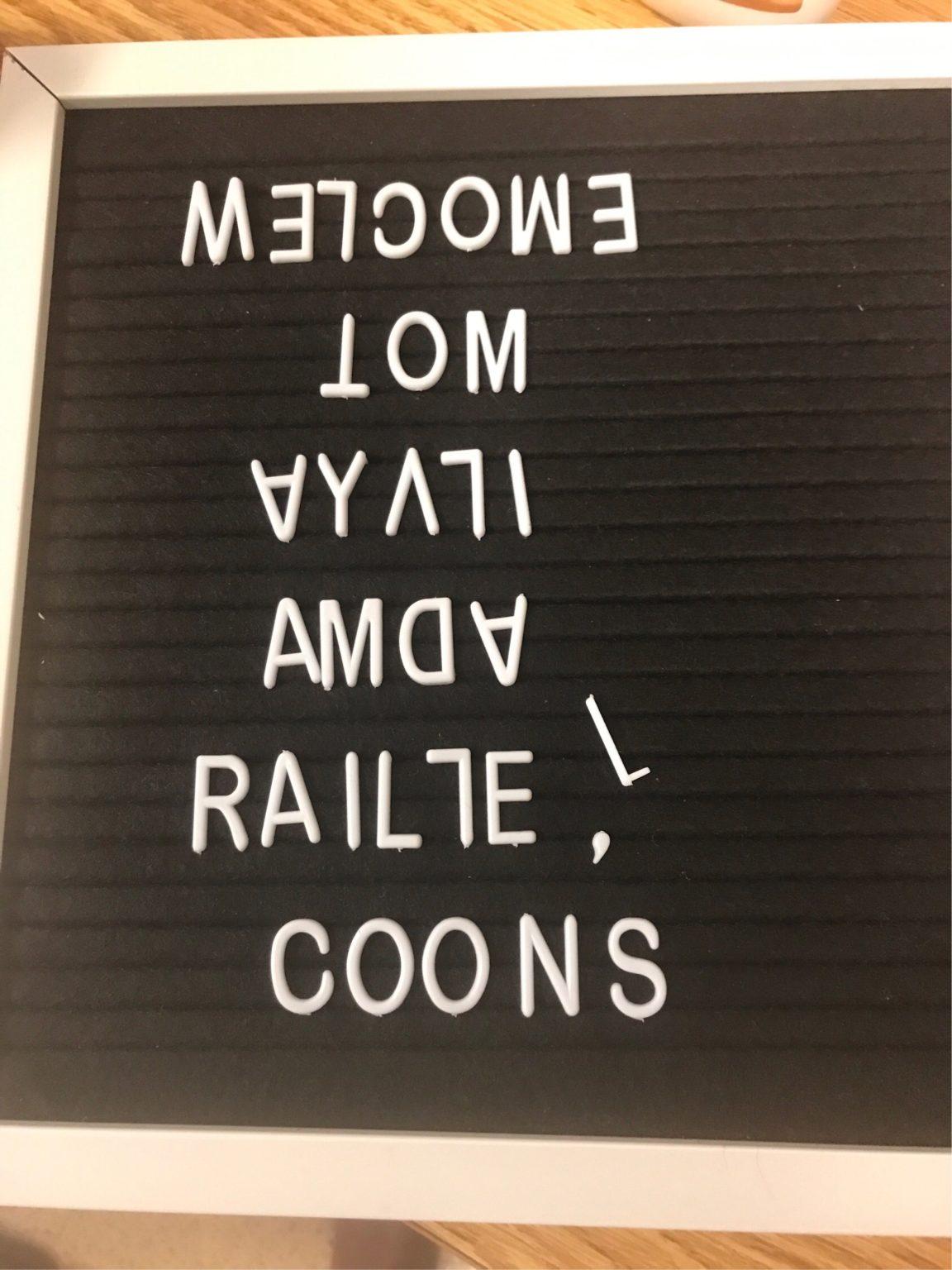
A.B. and C.L. also said they were disappointed with the lack of communication from Community Standards and the university involving the adjudication process and resulting verdict.
Anderson said the university is working to improve its response in these situations.
“I have completed a preliminary review of university responses to reports of bias and have determined that communication around those responses could be better,” Anderson wrote in an email to The Hawk.
Anderson said in an effort to “develop better communication protocols,” Perry will chair a small group of people who will examine the university’s responses to bias incidents, with the hope of later gathering input from the wider university community.
Raymond Plaza, Ph.D., director of the Office of Diversity and Inclusion at Santa Clara University, a Jesuit institution in California, said it is important for universities to communicate the harm that such incidents cause.
“The key piece is to acknowledge what took place, the harm that the slurs and/or racial incidents caused and to explain why this type of behavior is not appropriate for the community,” Plaza said. “The main point is how can the community move forward and learn from this.”
For A.B. and C.L., that harm has manifested itself in discomfort and fear. They requested the male student no longer be permitted in their wing of their residence hall. Since the incident, A.B.and C.L. said they have seen the student in their wing multiple times.
“If he calls me that word, what else is he capable of?” A.B. asked. “It makes me feel unsafe being in my room knowing that he’s there.”

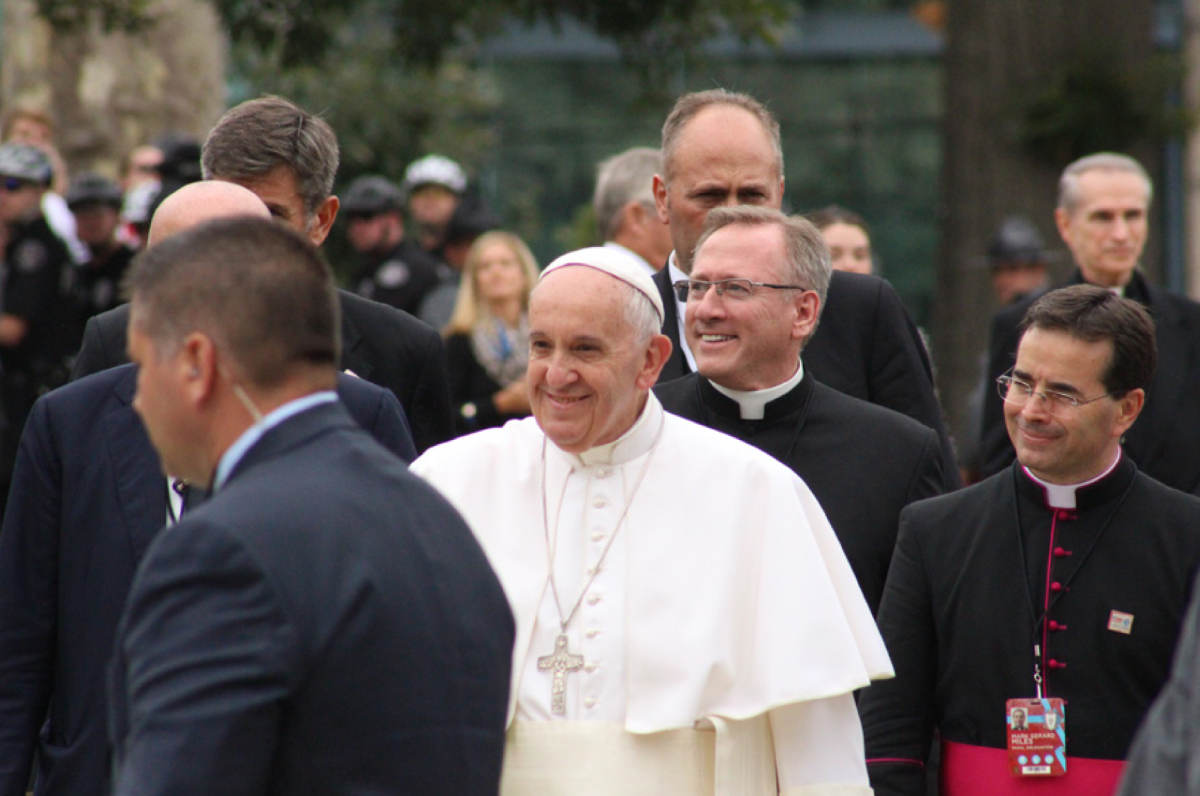


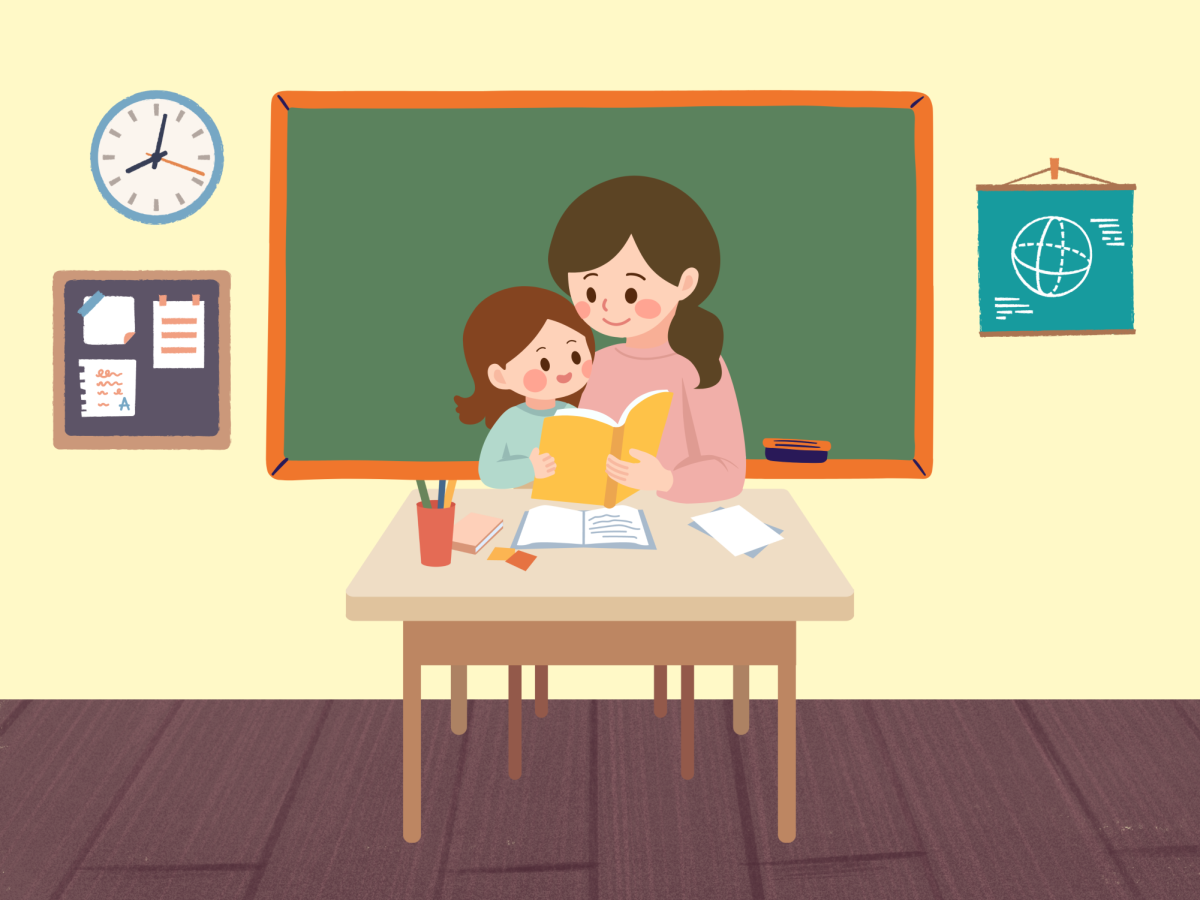

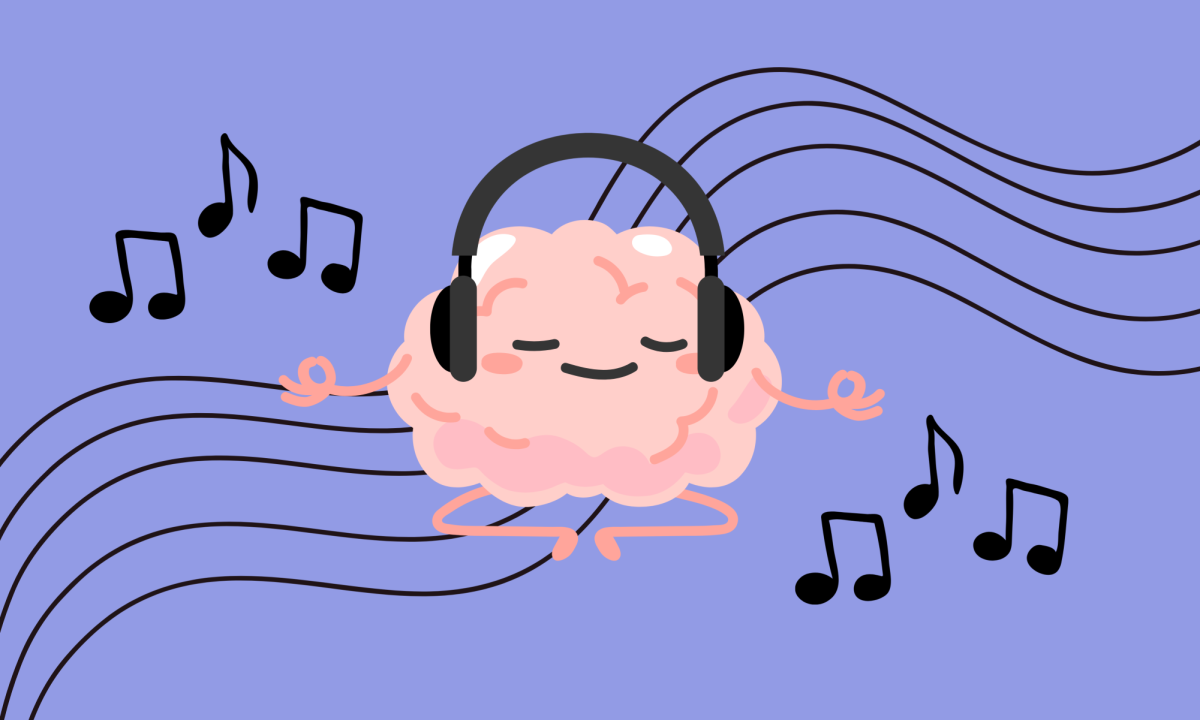
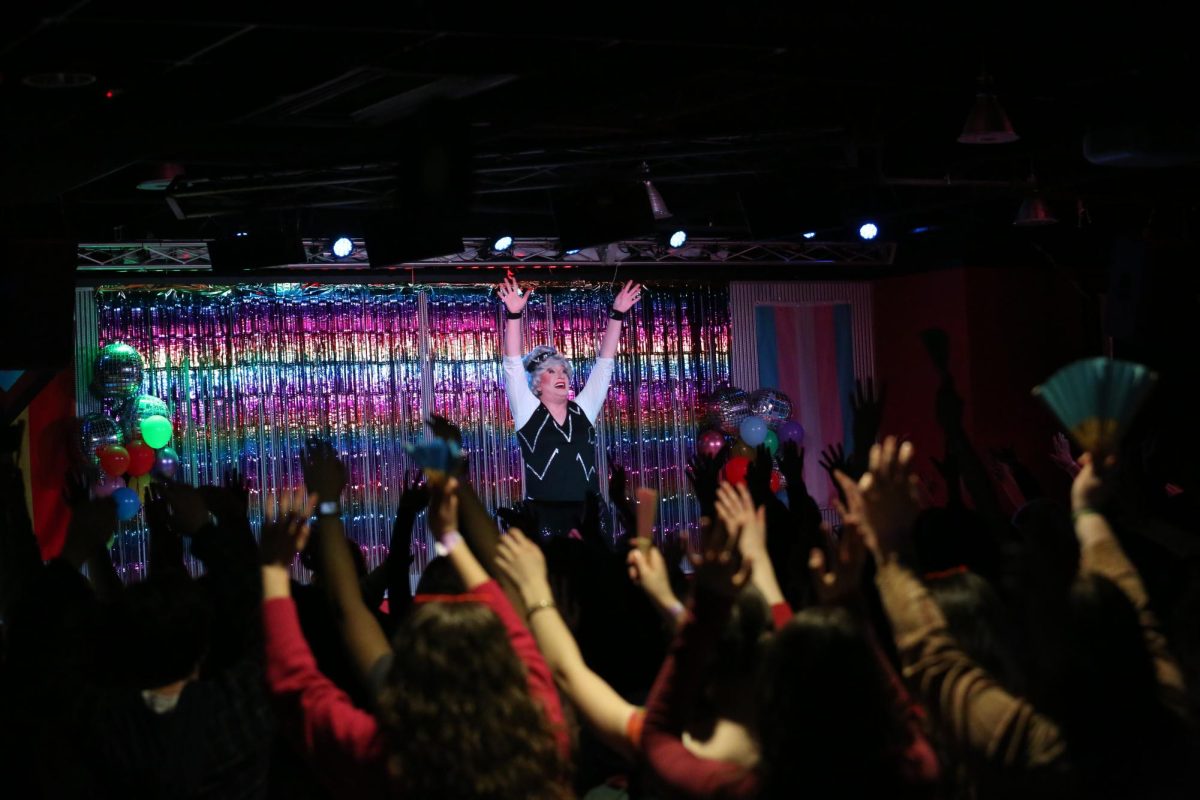
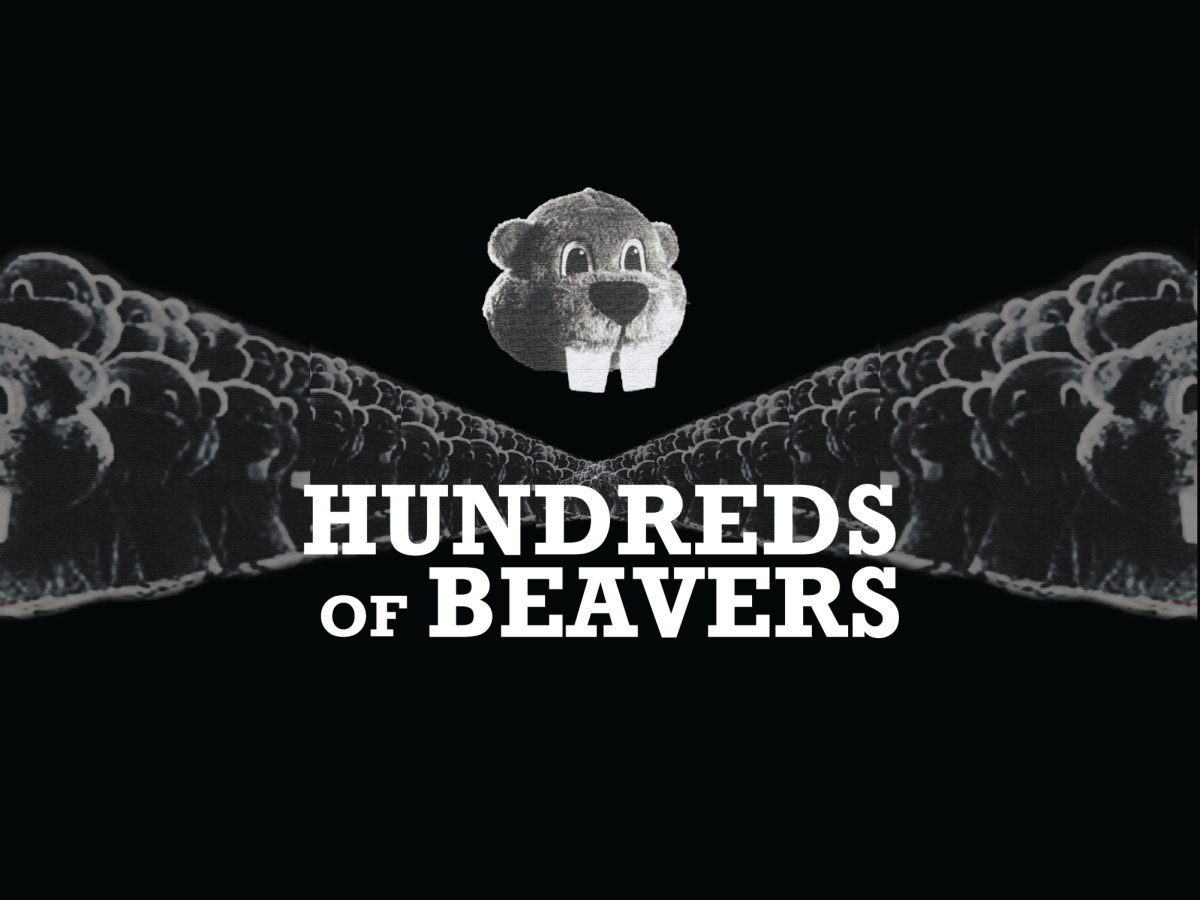
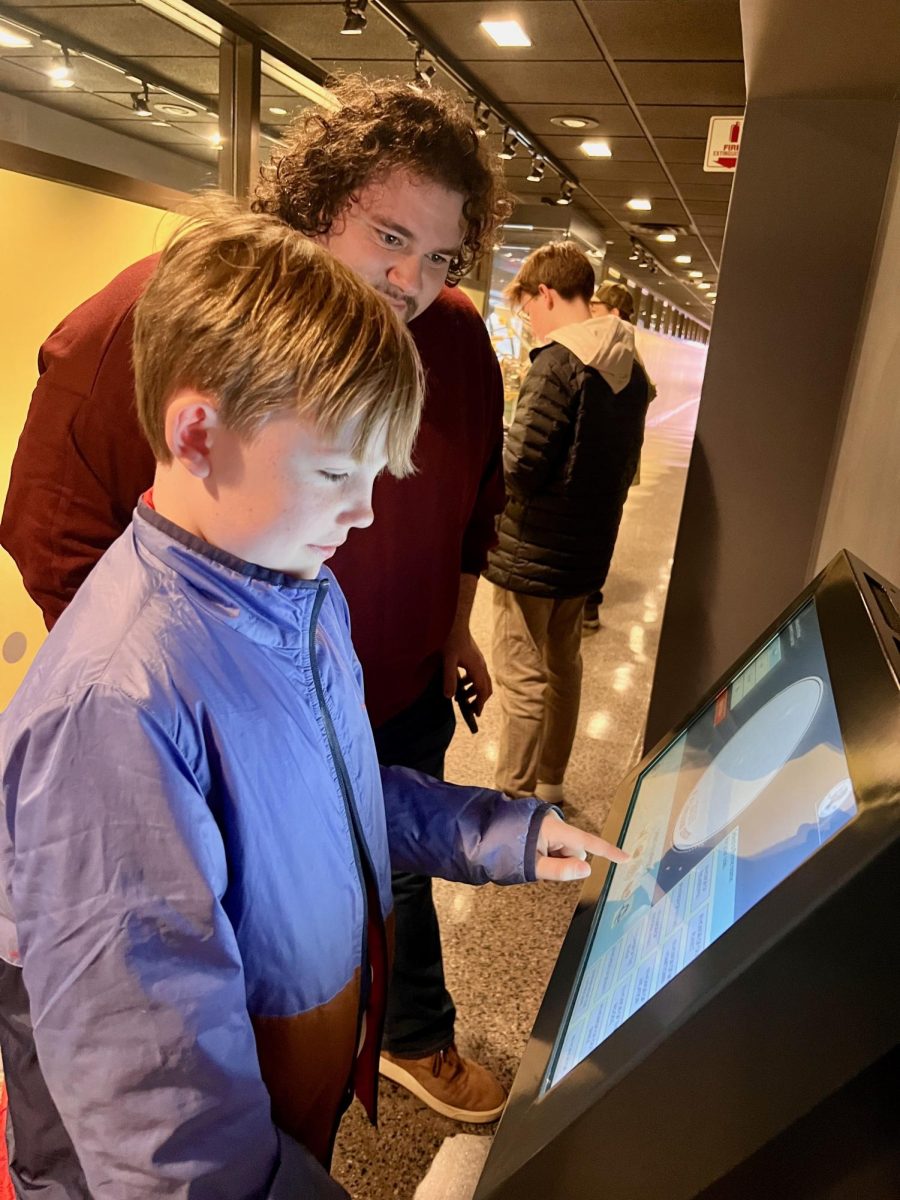
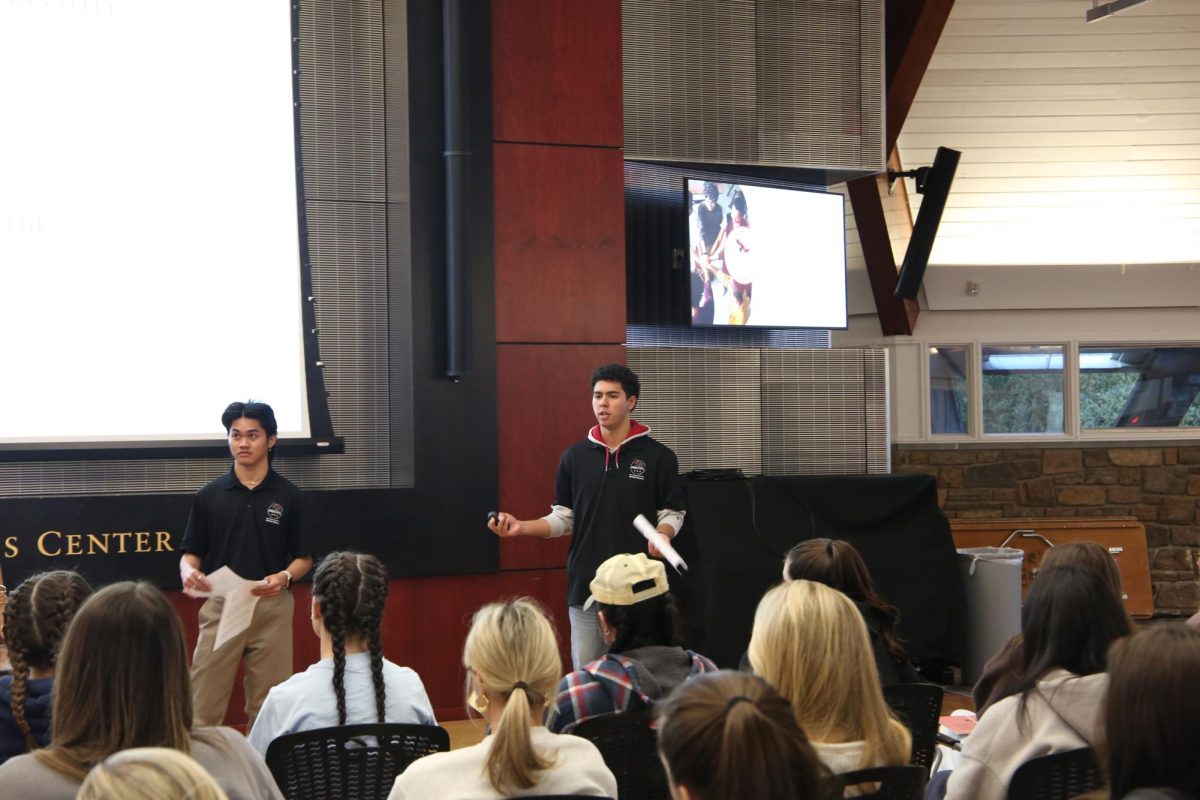

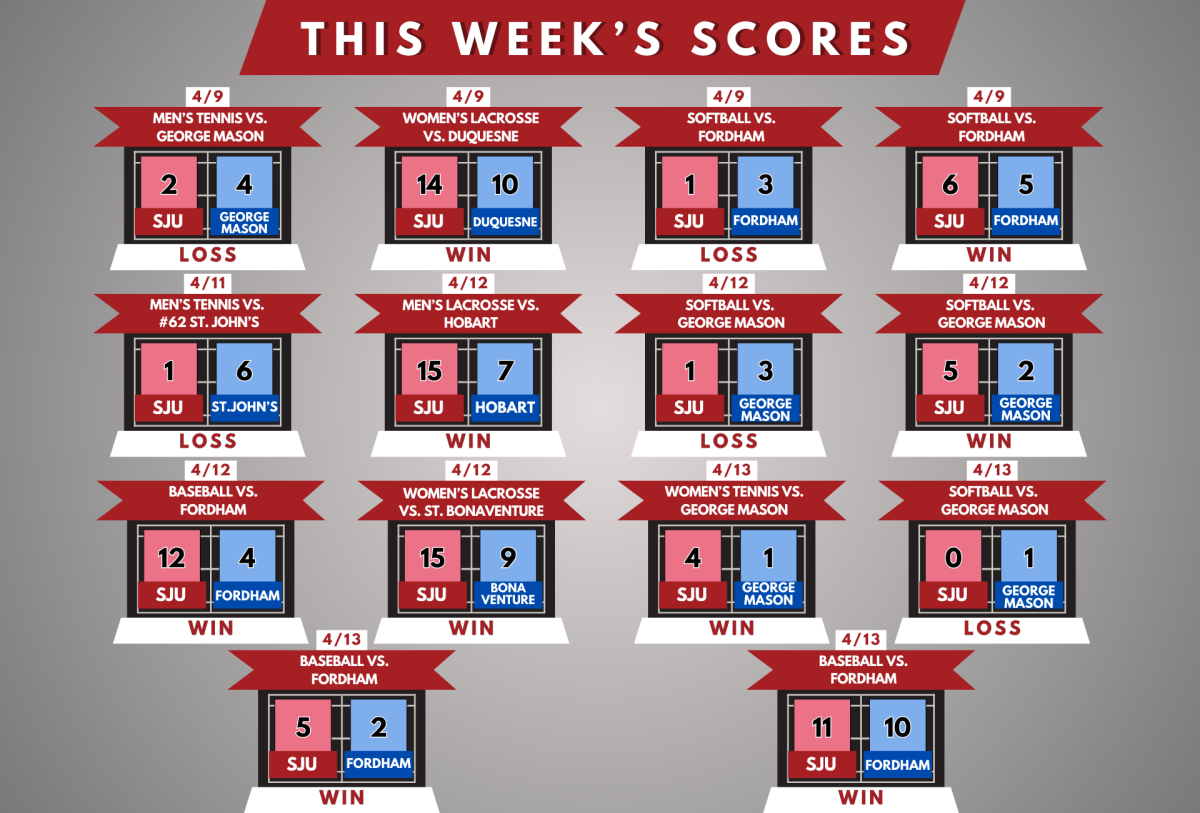

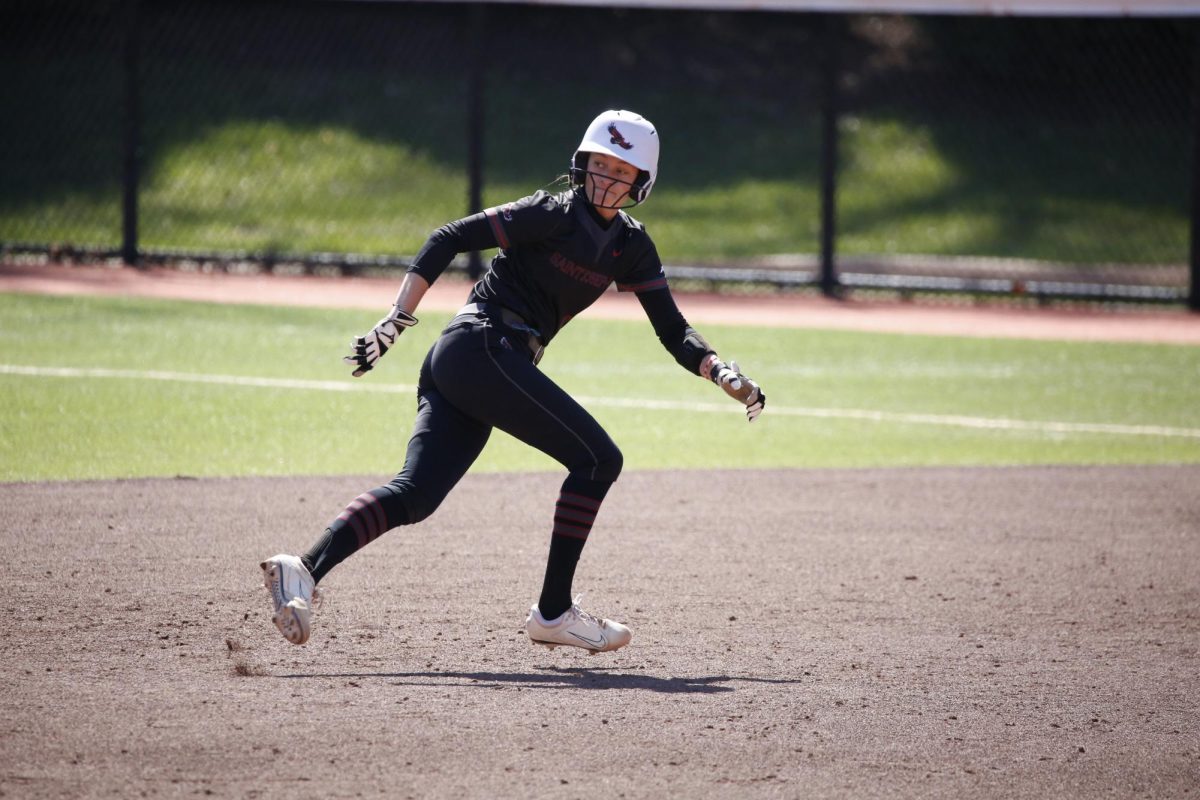
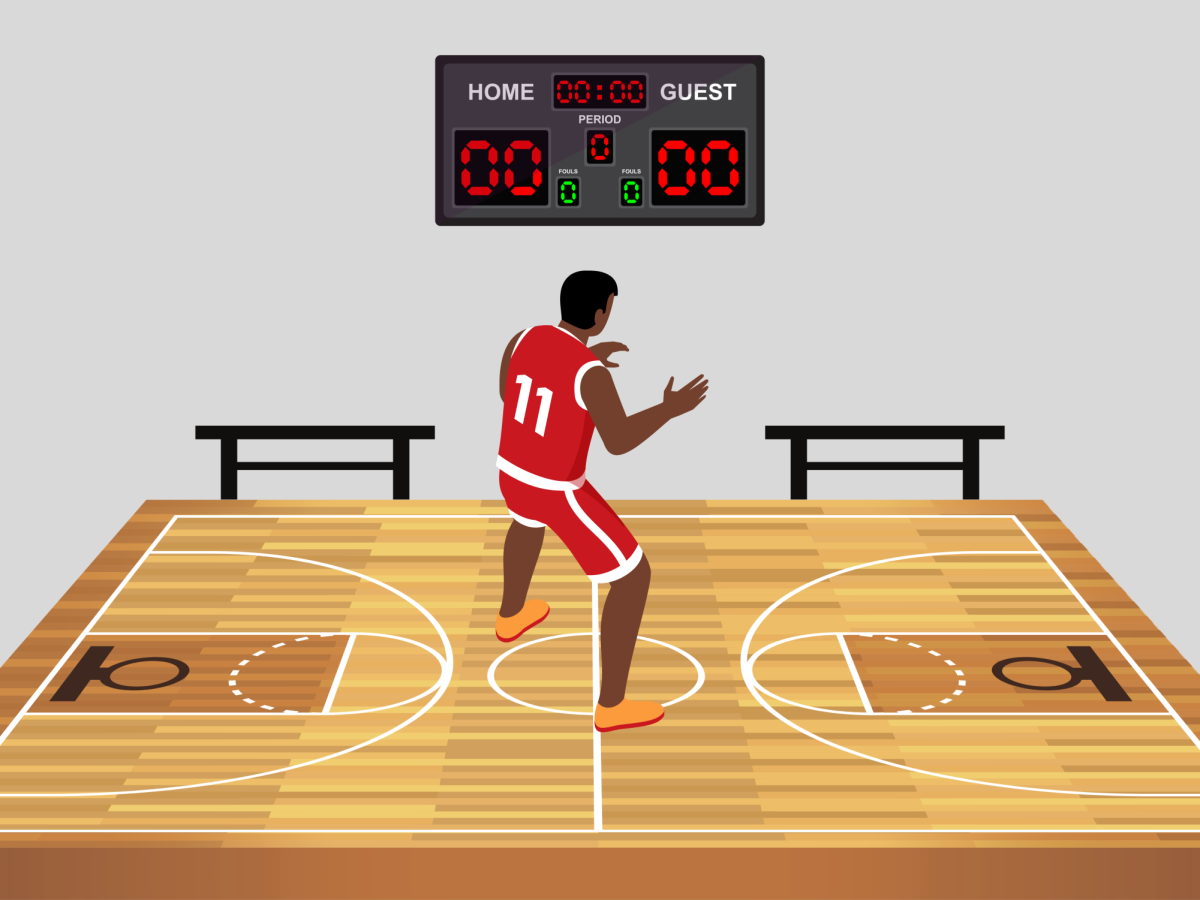
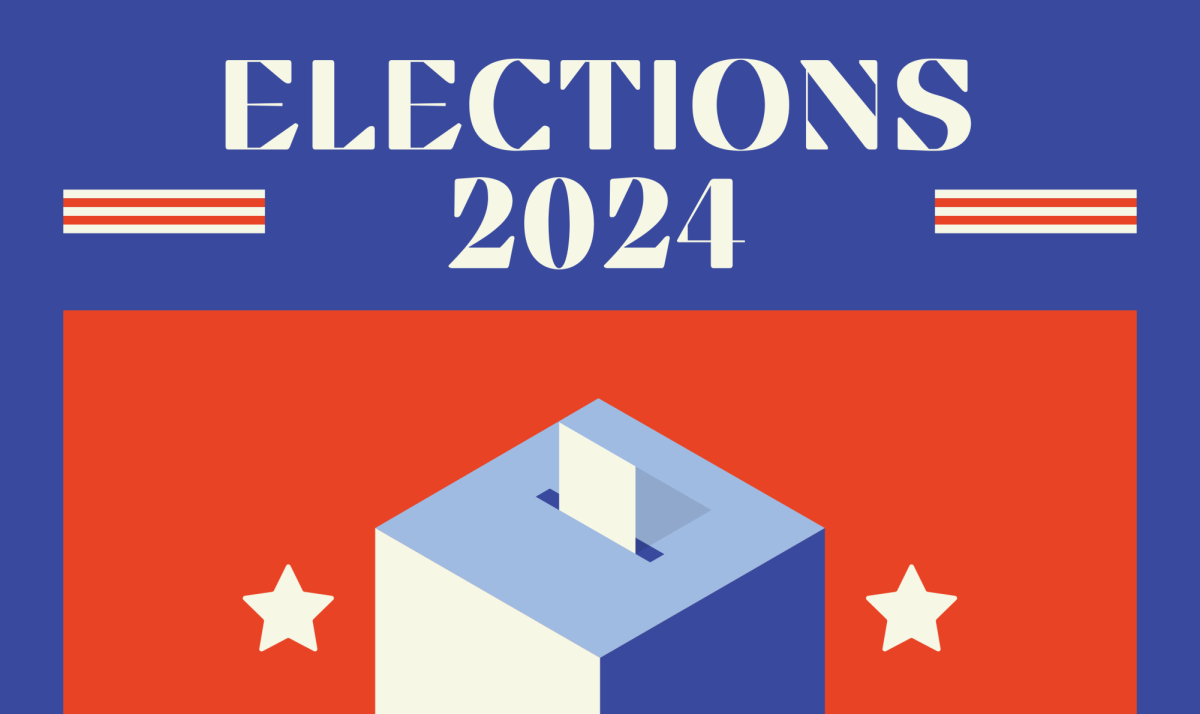
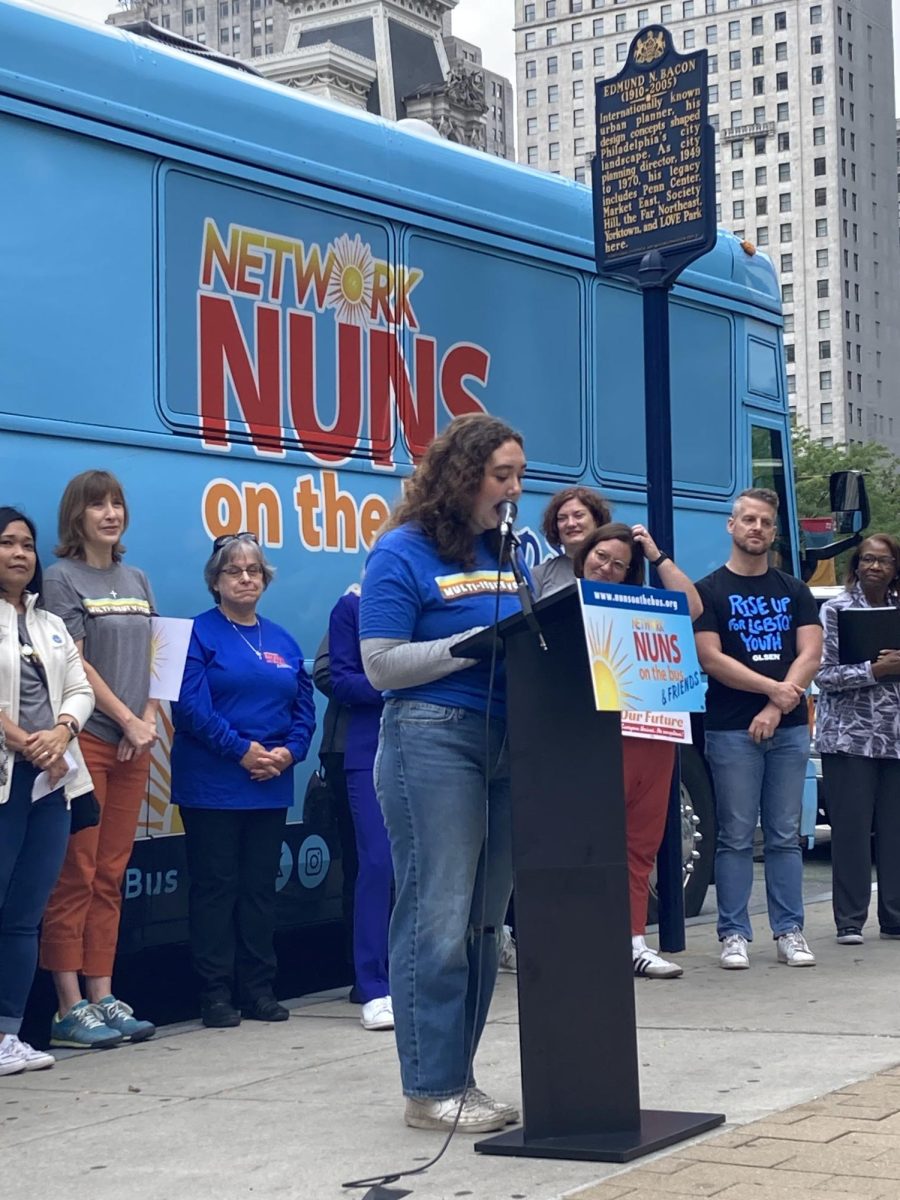




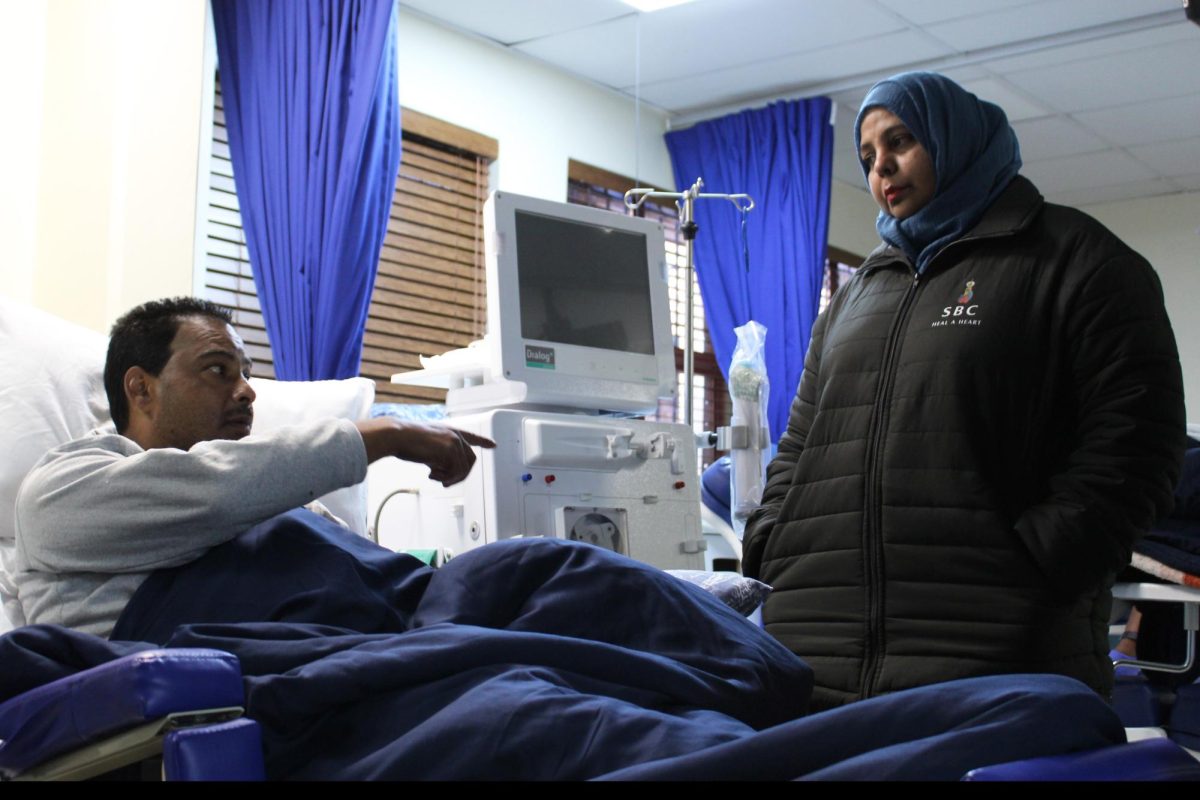
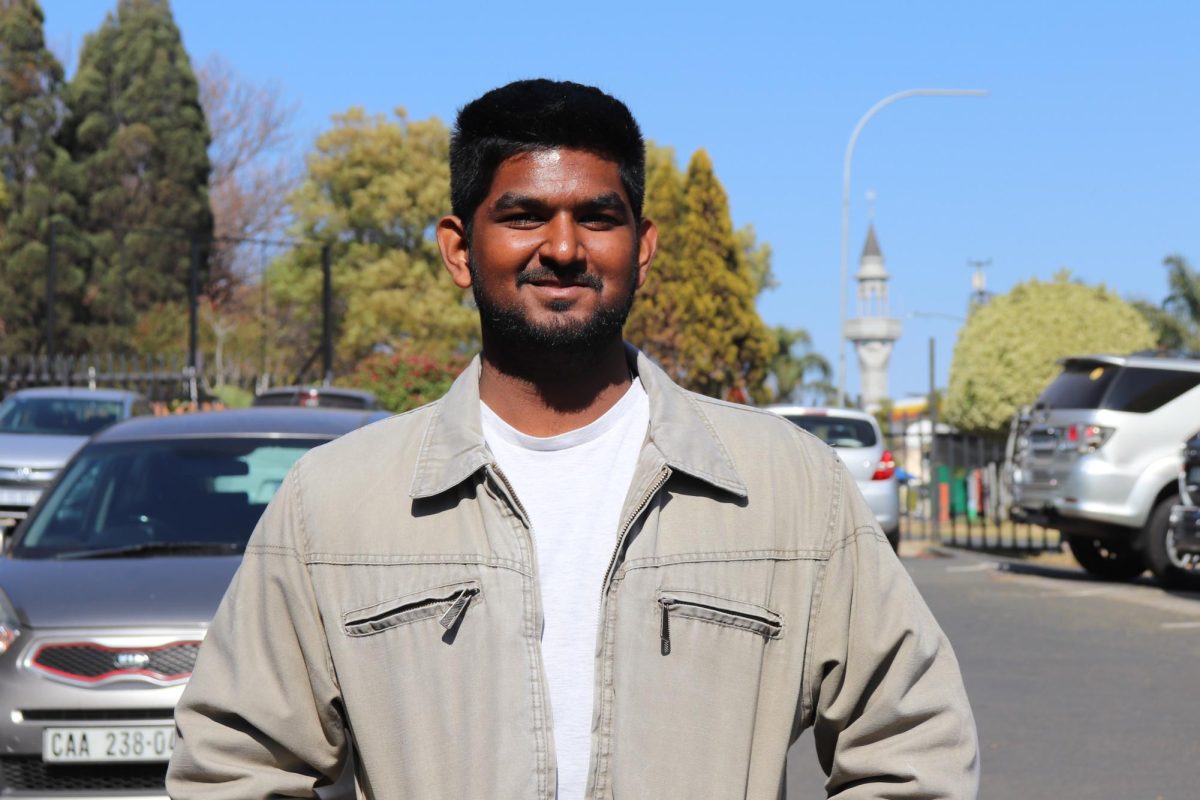
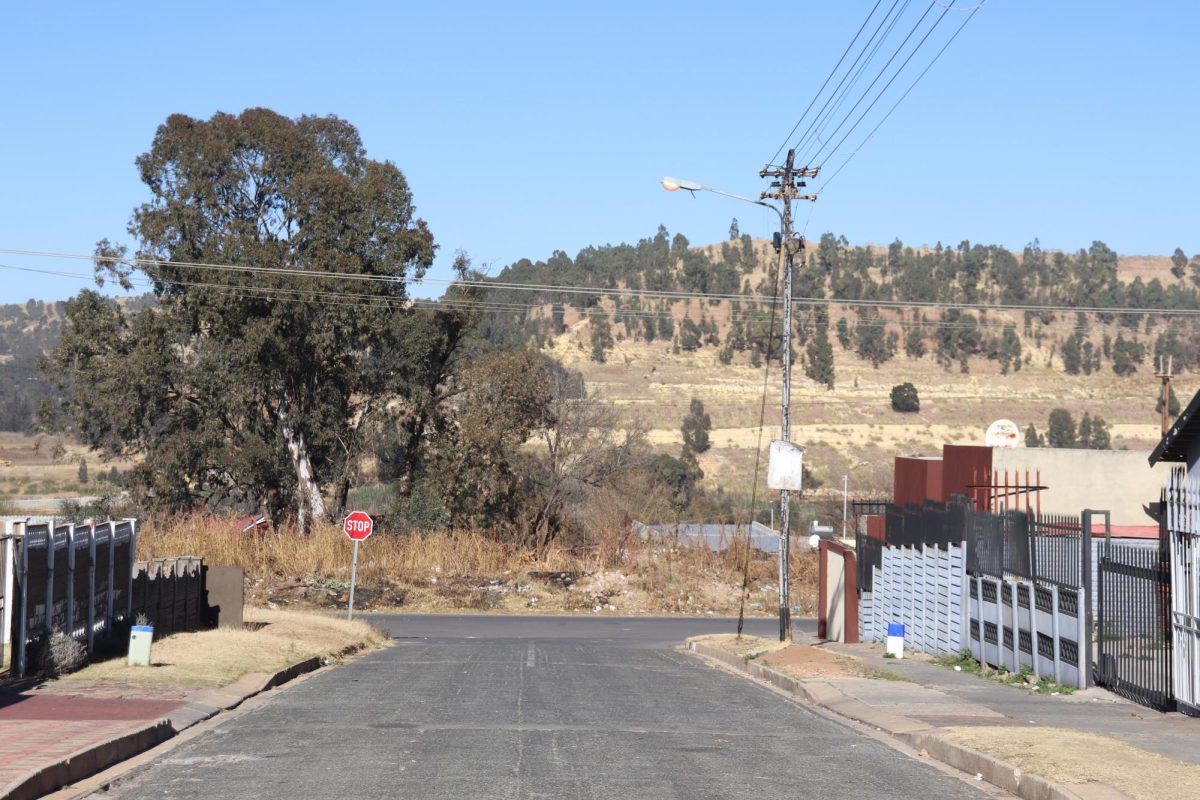
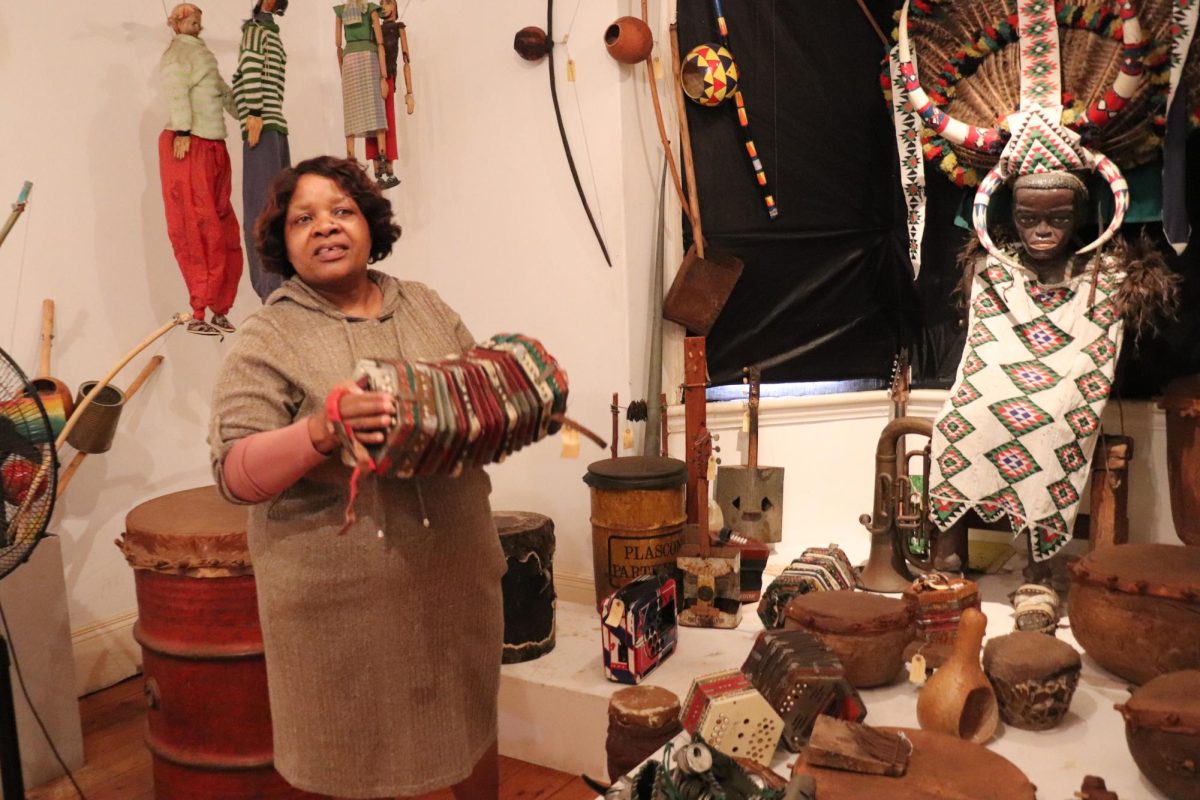










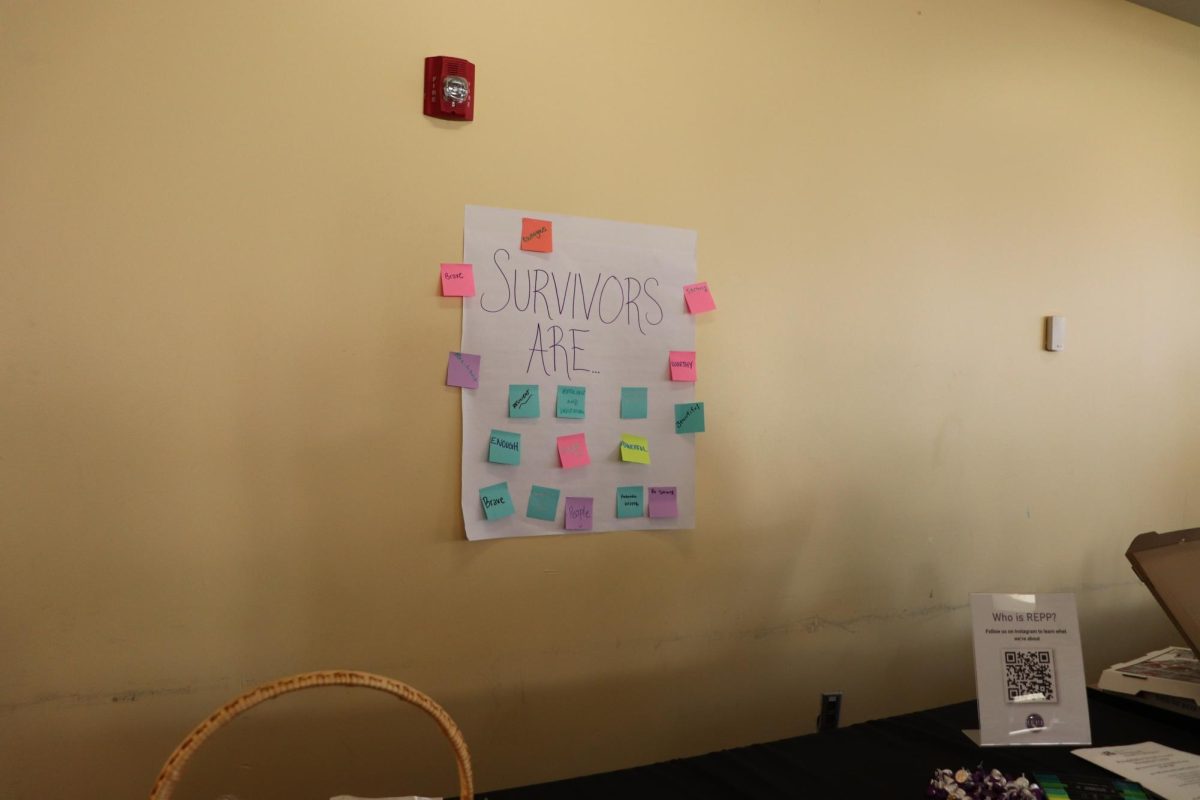
H.Michaels • Nov 29, 2018 at 4:43 pm
Wow for a “Christian” school that is not acceptable. The act or the response! And of course I am sure it was a bunch of white ppl determining the outcome. When this is those girls freshman year experience! When they look back at this time it will be THIS and sitting through university hearings and all of it. If I sent my daughter away to school and this happened there wouldnt be a dorm room door left on the hinges!
Loretta Connaughton Vitale • Nov 29, 2018 at 1:49 pm
I have always felt an on-campus college experience is important. It allows young adults to experience freedom to make independent choices, exposes them to different cultures, and allows for new experiences, all in an environment that has established boundaries and accepted norms. It allows them to explore and develop their own opinions of the world around them and how they react to injustice. They learn to follow their own moral compass, not their parents.
I am very disappointed in the SJU community with the lack of response to an obvious racial slur. This is one the young women had the courage to report. How many others have been silent, fearing this lack of support, how many more have you silenced for future events?
Indeed, unfortunately, you are preparing them for the world outside of the St Joseph University community
Mike Duffy • Nov 28, 2018 at 12:56 pm
This very mean spirited behavior is so much more common than you might expect even on Hawk Hill. Finding the perp may be more difficult than you think. Could it be a male student, a worker, an intruder? Could it be another minority student, a rejected suitor, another female student? The possibilities are limitless. Had I been the student offended, I’d simply remove the sign. At least, that’s what I did, as a student in the 1960’s in a major university.